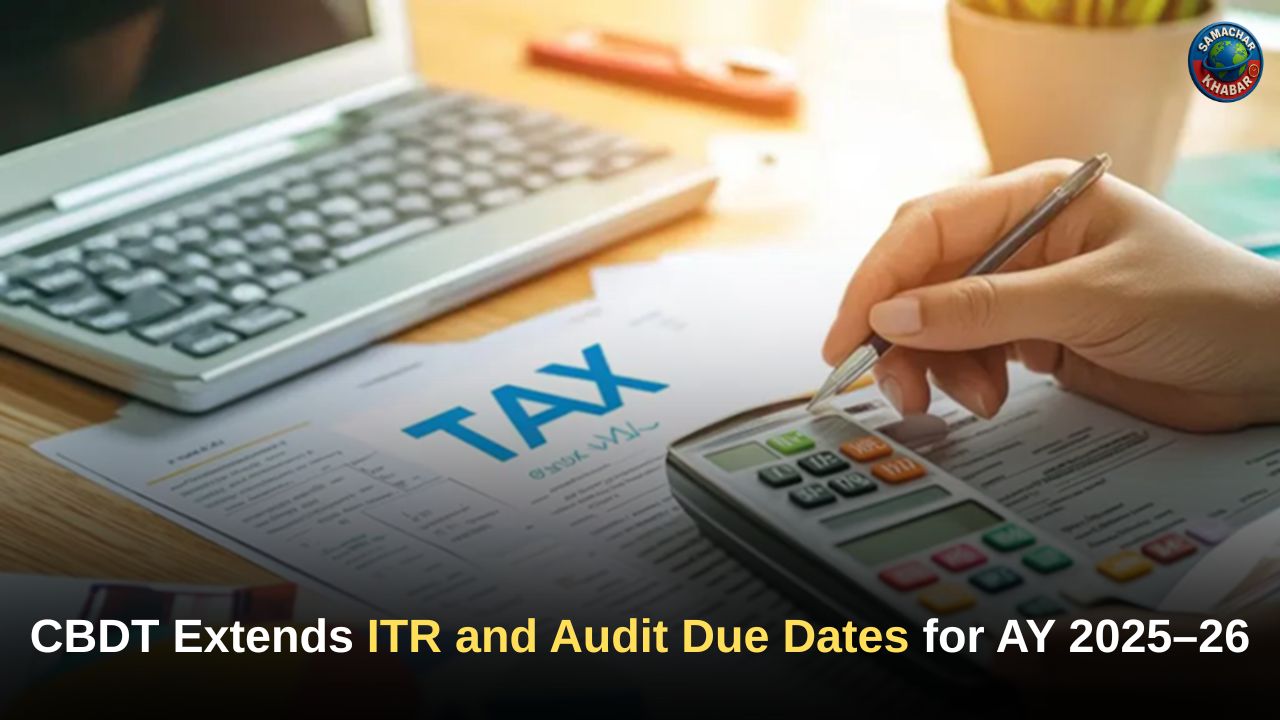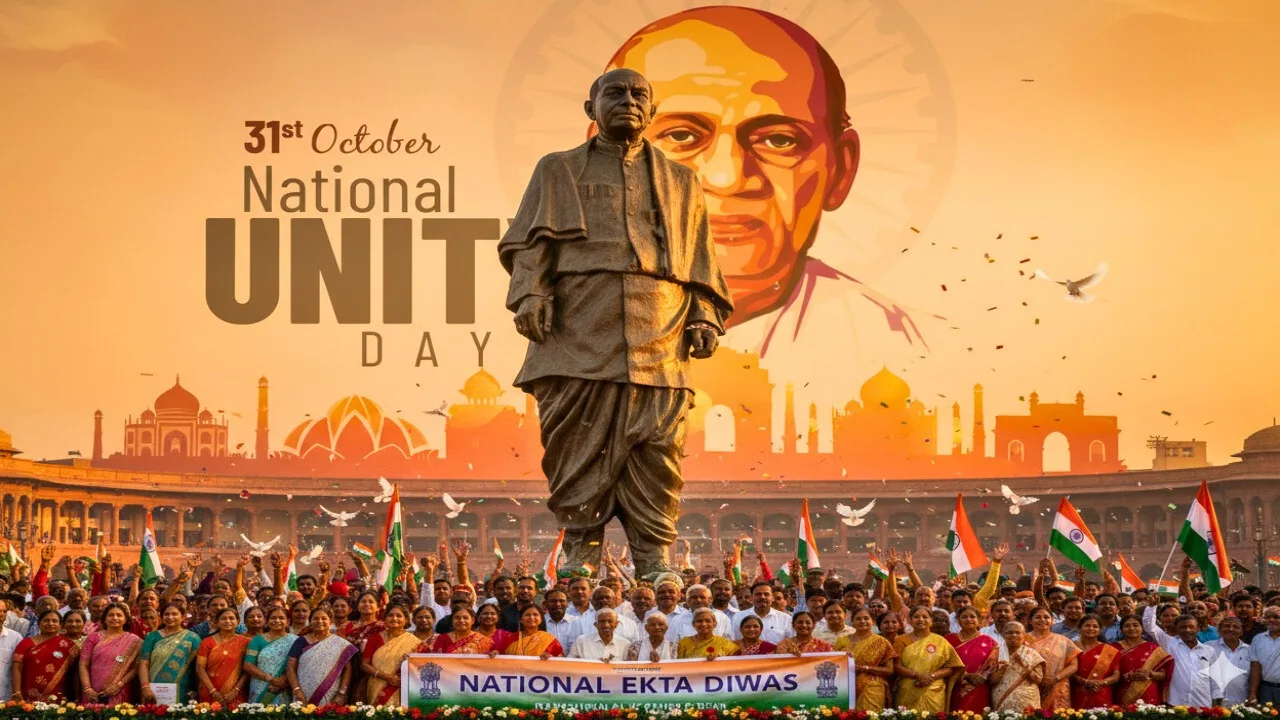The Indian Railways, a colossal organization and a cornerstone of the nation’s logistics, is constantly evolving. From infrastructure development to passenger services, its operations are vast and complex. A key part of this is its extensive procurement process, which involves everything from railway tracks and locomotives to office supplies and hospital equipment.
In a recent and significant directive, the Railway Board has asked all its zonal units to be mindful of new GST rates during procurement, a move that highlights the importance of staying updated with national tax policies to ensure financial efficiency and compliance.
The New GST Regime and Its Impact on Railways
The Goods and Services Tax (GST) has been a game-changer for India’s indirect tax structure. The recent rationalization of GST rates by the GST Council has led to a significant overhaul, particularly with the dissolution of the 12% and 28% tax slabs. This has shifted many goods and services to the 5% and 18% slabs, creating a simplified, two-rate structure. For an entity like the Indian Railways, this change is more than just an administrative update; it has direct financial implications on a wide range of goods and services it procures.
The Railway Board’s directive emphasizes the need for meticulousness in a post-GST rationalization environment. The goal is to ensure that suppliers are billed correctly and that the zonal railways and production units are applying the right tax rates, thereby avoiding errors in payment and ensuring proper Input Tax Credit (ITC) utilization.
Key Areas of GST Rate Changes to Watch Out For
The directive from the Railway Board specifically mentions several items and services that require careful attention. These include both goods that have seen a reduction in their tax rate and services that have been reclassified.
- Goods with Revised Rates: The circular highlights a number of key items, including trucks, air-conditioners, and various construction materials like granite and marble blocks. For instance, air-conditioning machines, which were previously taxed at 28%, have now been moved to the 18% slab. Similarly, trucks and buses, which are essential for railway logistics and maintenance, have also seen their GST rates lowered from 28% to 18%.
- Services Affected by GST Changes: The directive also extends to services. The new GST rates for works contracts and services of goods transport agencies are a major consideration. The government has rationalized these rates to provide relief to consumers and businesses alike. According to a press release from the Press Information Bureau, the GST Council has also recommended a number of services related to railways be exempt, such as the sale of platform tickets and services between different railway zones. This indicates the multi-faceted nature of the GST changes affecting the organization.
- Health and Medical Procurement: An often-overlooked area, railway hospitals also need to be vigilant. The new GST framework has brought about rate changes for multiple supplies in the health sector. The Railway Board has explicitly asked its medical departments to be mindful of these changes during their procurement processes.
The Financial and Logistical Implications
The new GST rates present both opportunities and challenges for the Indian Railways.
- Cost Savings and Efficiency: A reduction in GST rates on key procurement items can lead to significant cost savings. For example, the drop in GST on trucks and air-conditioners directly lowers the purchase cost for the railways, freeing up capital that can be used for other critical projects.
- Managing Input Tax Credit (ITC): Proper application of the new GST rates is crucial for an organization of this scale to maximize its ITC. A single miscalculation on a large-scale procurement can lead to a substantial loss in potential tax credits. The Railway Board’s directive is a proactive step to prevent such errors and ensure that the financial benefits of the new tax structure are fully realized.
- Ensuring Vendor Compliance: The onus is not just on the railways but also on its vast network of vendors and suppliers. The directive is an indirect signal to vendors to update their billing systems and ensure they are charging the correct GST rates to the railways. This creates a ripple effect of compliance throughout the supply chain.
Building Authority and Trust through Prudence
The fact that a large government organization like the Indian Railways is taking such a proactive stance on a tax policy change is a testament to its commitment to good governance and financial prudence. This is not just a matter of following rules; it’s about being a responsible entity that manages public funds with utmost care.
Also Read: RRB NTPC Graduate Level Result 2025 Out: What’s Next Steps
One notable example of the GST’s impact on railways is the Madras High Court’s ruling that affirmed the 12% concessional GST rate for railway infrastructure projects, regardless of whether the contract was with Indian Railways or its subsidiaries like Rail Vikas Nigam Ltd (RVNL). This ruling, which provides clarity and financial certainty for contractors, underscores the importance of a clear and consistent tax framework.
The new GST changes are a continuation of this evolution, making the process even more streamlined and efficient.
A Stepping Stone to Financial Streamlining
The directive from the Railway Board asking zones to be mindful of new GST rates during procurement is a crucial administrative step that has far-reaching financial and operational implications. It underscores the importance of vigilance and adaptation in the face of evolving national policies. By ensuring correct GST application, the Indian Railways can unlock significant cost savings, enhance financial efficiency, and strengthen its commitment to transparent and compliant operations.
















